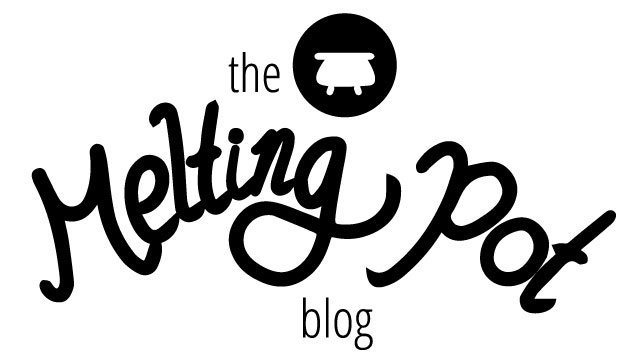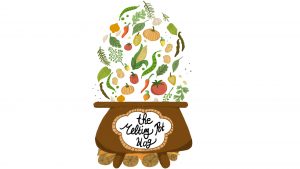Egypt

Egypt or formerly known as Kemet was a popular ancient name which translates to “Black Land”. It is situated in northeast Africa & has a population of 102.3 million, where standard Arabic is the official language spoken. The landscape consists of low mountains, wide valleys & the desert where many ancient secrets lay buried.
FACT: Egyptians were the first to invent the 365 days a year calendar.
What Did The Ancient Egyptians Eat?
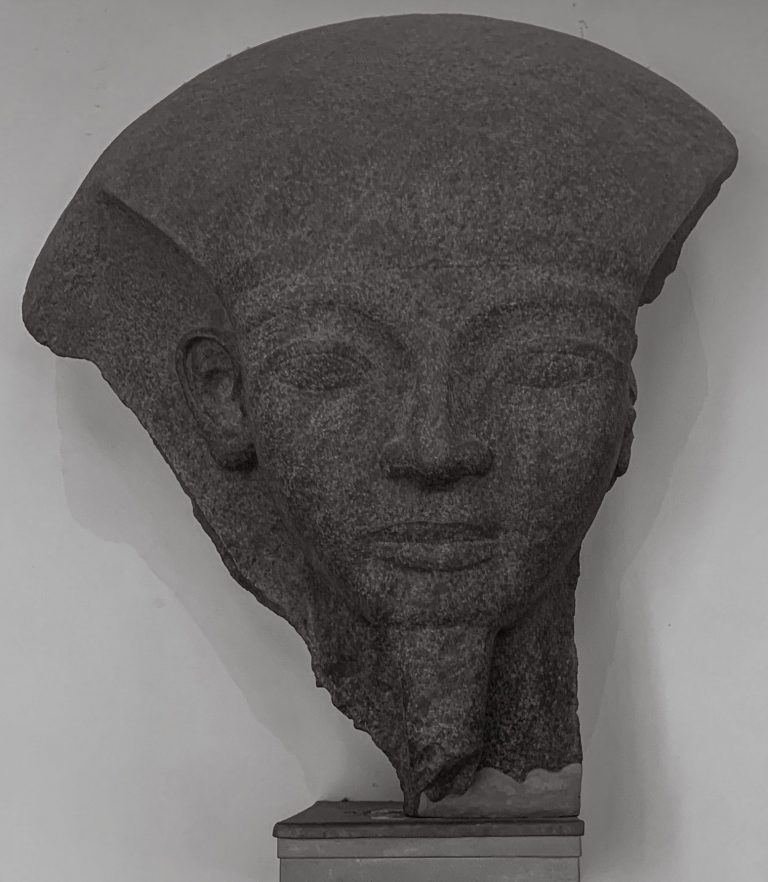
The Nile is the longest river on Earth, spanning 4,132 miles (6,650km) across 11 countries ; Egypt, Tanzania, Uganda, Ethiopia, Rwanda, Burundi, the Democratic Republic of the Congo, Kenya, Sudan, South Sudan, & Eritrea.
Ancient Egyptian agriculture relied on the annual flooding of the Nile & referred to the black mud left behind as Kemet. After the flooding, the soil reaches its maximum water retention ( field capacity) which is important if you want well watered crops that do not wilt. This type of soil left behind is called Silt, it is a mixture of sand and clay but most importantly, it is nutrient rich and retains moisture. A Nilometer was erected to measure the water levels which would help estimate the success rate of their harvest. And successful they were, a good season could generously feed every person in the empire for one year and they would still have a plethora of food left to store in their granaries in times of low yields or for trading.
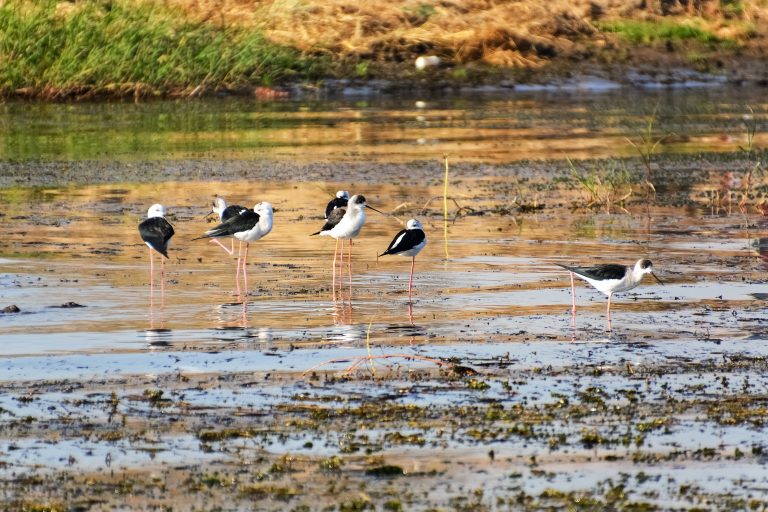
The staple crops of ancient Egypt includes major grains such as barley, emmer wheat, and einkorn used for bread making, porridge and beer. Fruits such as pomegranate, figs, melons, watermelons, and grapes were grown in gardens. Over 2000 species of plants and aromatic plants such as parsley were found in tombs. Flax seed was grown to make linen and cyperus papyrus was cultivated to make papyrus paper. The oldest papyrus to be discovered is reportedly 4500 years old!
Interestingly, lettuce was grown and considered to be an aphrodisiac rather than a salad crop. It was associated with a fertility god , Min.
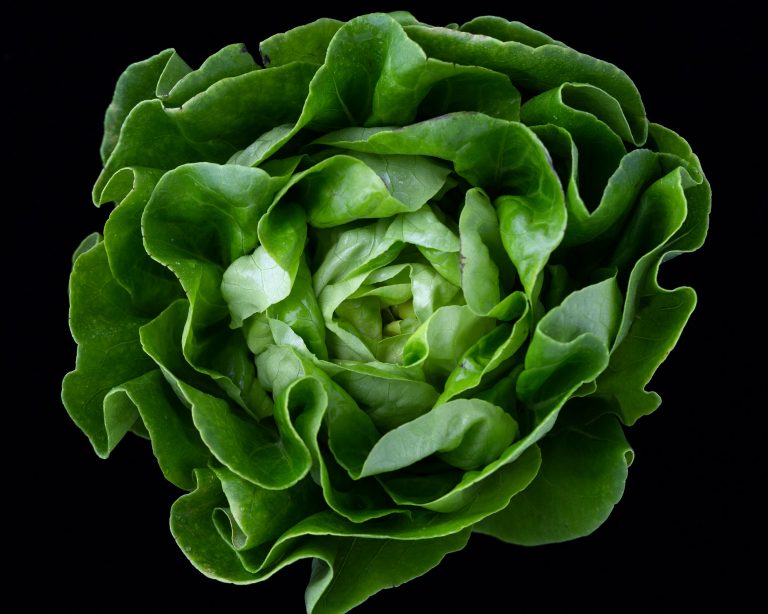
Sources: https://www.newscientist.com/article/mg13918833-000-science-nile-silt-yields-secret-of-egyptian-civilisation/
https://www.worldhistory.org/article/997/ancient-egyptian-agriculture/
https://www.smithsonianmag.com/arts-culture/when-lettuce-was-a-sacred-sex-symbol-12271795/?no-ist
https://www.science.org/content/article/oldest-papyrus-ever-discovered-revealed-egyptian-museum#:~:text=4500%2Dyear%2Dold%20papyri%20have,by%20an%20Egyptian%2DFrench%20mission.
How Many Times A Day, Did The Ancient Egyptians Eat ?
What’s exciting to know is that most Egyptians ate only 2 meals a day. They had a morning meal with bread and beer, and then at the end of the day they had veggies, meat and some bread. Yes, bread was a huge staple for Ancient Egypt cuisine, and it’s something we also get to see within the country as well. It was a staple food for the proletarian class, and also a way to help keep people full and not overeat during the day.
Such an approach did help make people healthy, because it kept them away from eating too much, and it allowed them more control over their diet. However, over the years the Egyptian food evolved and people started eating more meat, specifically goat, beef and mutton. Fish from the Nile like mullet, catfish or perch was also in high demand. It’s also important to note that poultry was a crucial dish for people in Ancient Egypt, something that was extremely prevalent during those times.

Common Ancient Egyptian Food
It was common to find lentils at many burial sites. When it came to veggies, Egyptians were not very picky, and they were eating radish, lettuce, onion, cauliflower, but also cabbage, parsley, coriander, dill and green onions among many others. Honey was also a very popular food used by all classes, from sweetening foods to stopping infections.
Milk was also a crucial ingredient during those times, even if it was not as common in some parts of Egypt. When it came to fruits, people were enjoying things like sycamores and figs, especially when it came to the lower classes.
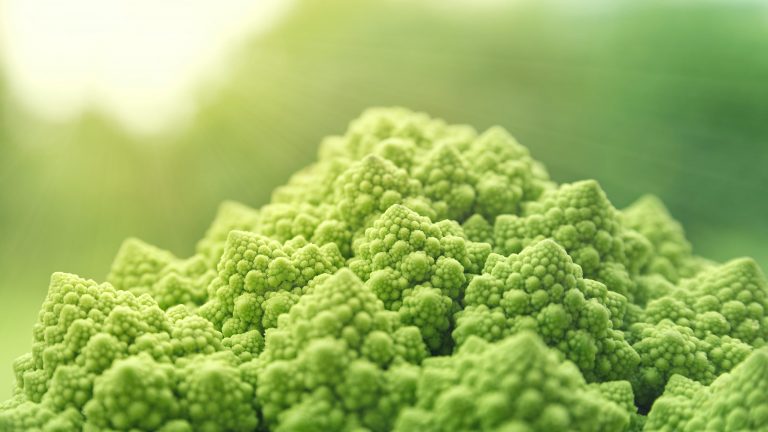
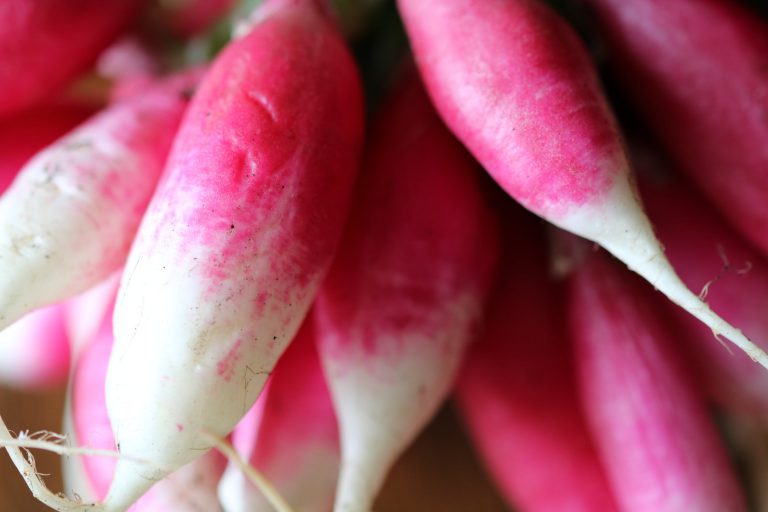
The fact that people in Egypt were experts in Agriculture and they took advantage of their positioning close to the Nile was easy to see. However, this allowed their society to grow and evolve, while also making the most out of the natural resources available. It’s interesting to see that they were still importing some items, if we check the tomb of pharaohs. That’s were we can find almonds and other food imports, along with local foods like dum palm fruits, watermelons, chickpeas, coriander seeds and so on.
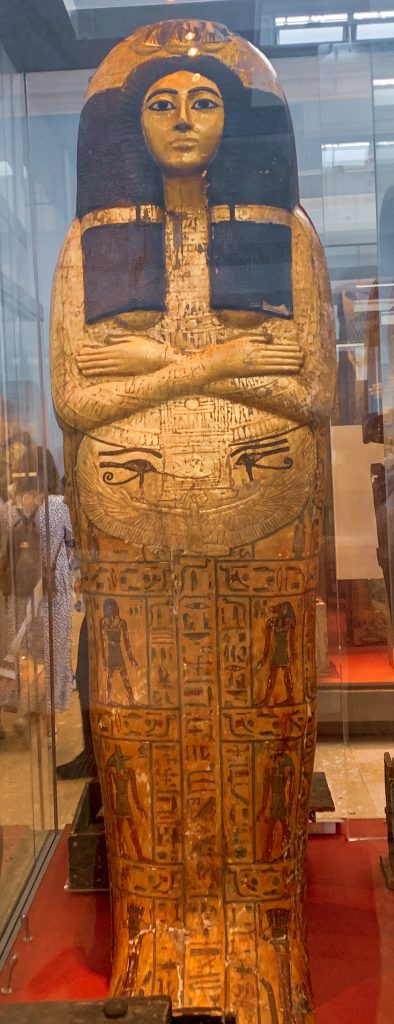
Meat was not a huge staple of Ancient Egyptian cuisine, but things have evolved over the years and now people in Egypt enjoy meat and its benefits. Still, Egypt has always been a country with a huge focus on sustainability and making the most out of natural resources. That’s why sea food is very popular here, among with bread and beer. Even if foods have evolved over the years, locals still take a lot of pride in following traditions!
